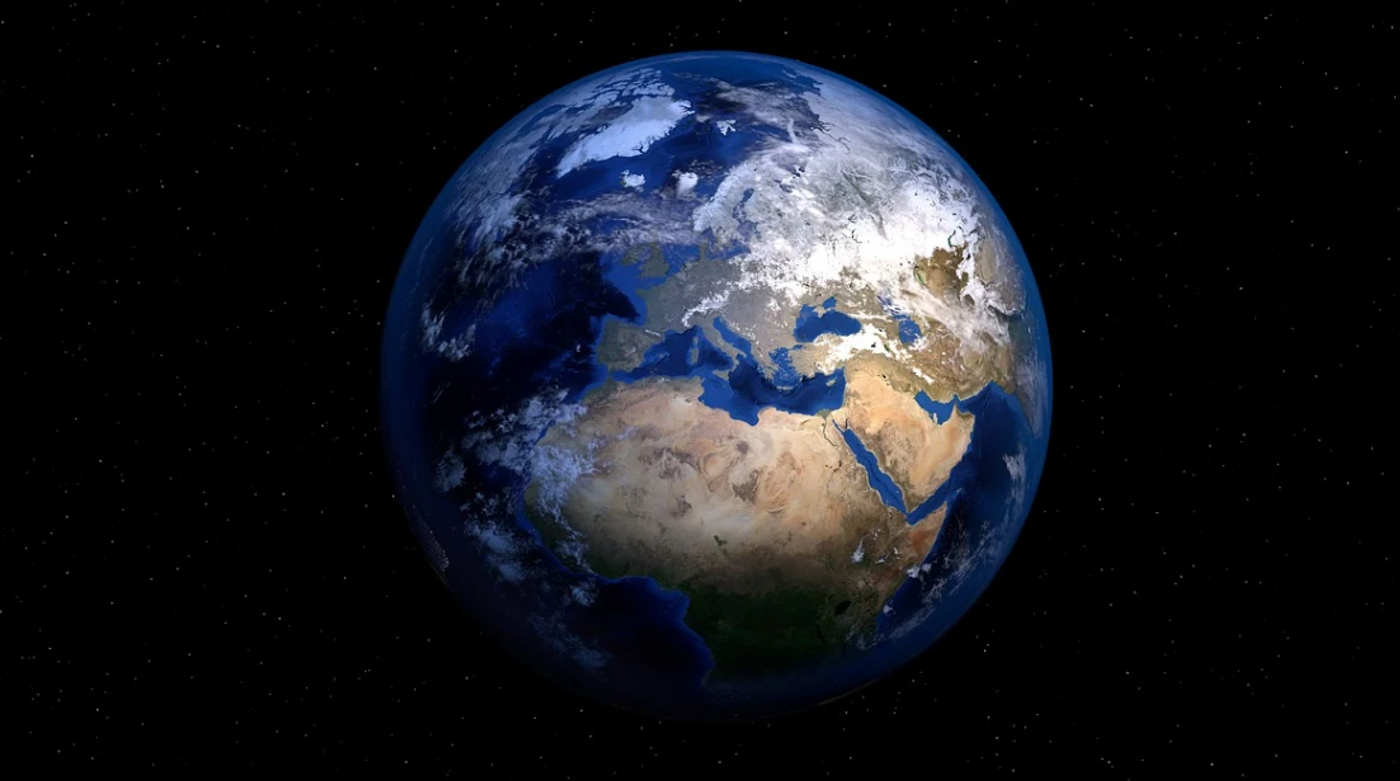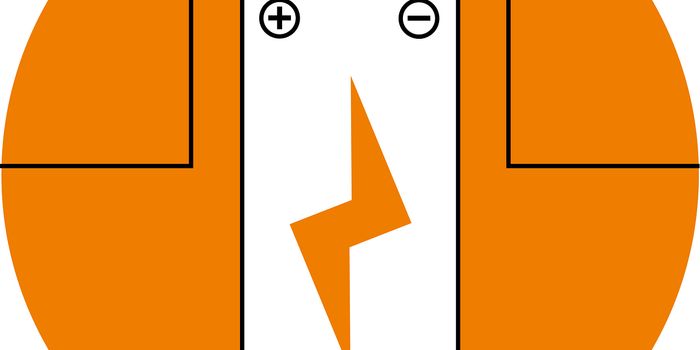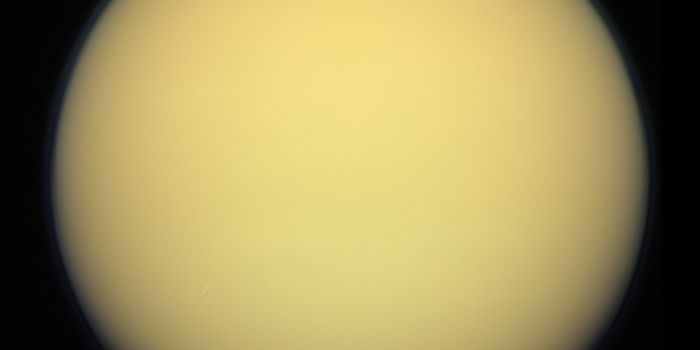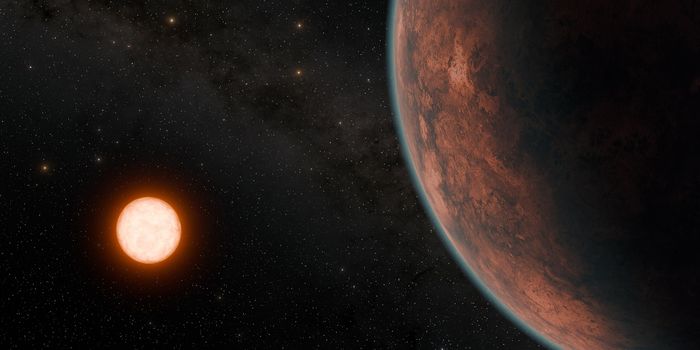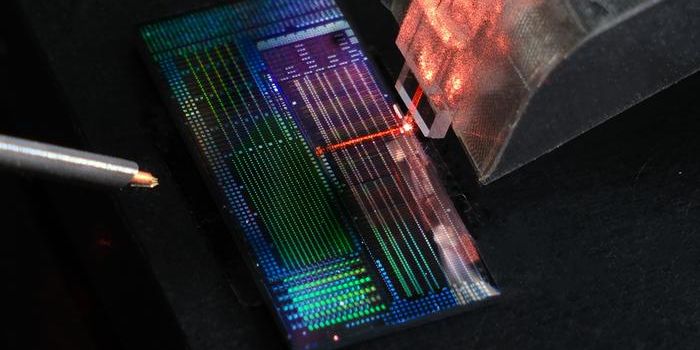Earth Has a Temporary 'Mini-Moon'
As of last night, Earth has a mini-moon! According to NASA, a moon is simply a natural object that orbits a planet. Earth's new mini-moon is actually an asteroid that has been temporarily caught in the gravitational pull of our planet. That will hold for about two months before the asteroid, which is about ten meters (33 feet) wide, breaks away and moves off. It will move around the globe for just over 50 days, and will not complete a full orbit of the planet. It poses no threat to us, and it will pass by the planet again in 2055.
Astronomers Carlos de la Fuente Marcos and Raúl de la Fuente Marcos at Complutense University of Madrid spotted the object while using a telescope that is located in located in Sutherland, South Africa. They identified this asteroid, which is called 2024 PT5, as part of the Asteroid Terrestrial-Impact Last Alert System. They determined that it was not going to crash into our planet, but would probably get bound by Earth's gravity. Their findings were reported in the Research Notes of the American Astronomical Society.
The work also showed that the asteroid probably originated in the Arjuna asteroid belt, which contains many asteroids that orbit the Sun in paths that are similar to the one taken by Earth.
Mini-moons are considered temporary orbiters if they make at least one total orbit of Earth before moving back to their typical path around the Sun. But those that do not make a complete orbit are considered fly-bys that are temporarily captured. They are often very difficult to detect because they are usually very small. Some are less than one meter in diameter.
This is only the fifth mini-moon that has ever been detected, but apparently, it's not unusual for Earth to catch one of them. Many of them enter partial or even full elliptical trajectories before they eventually move on. One last orbited the planet in 2020.
"This happens with some frequency, but we rarely see them because they're very small and very hard to detect," said Richard Binzel, an astronomer at Massachusetts Institute of Technology. "Only recently has our survey capability reached the point of spotting them routinely."
Unfortunately, backyard telescoopes will not be powerful enough to capture a view of the mini-moon, but more advanced instruments will.
Sources: Phys.org via The Associated Press, Research Notes of the AAS
